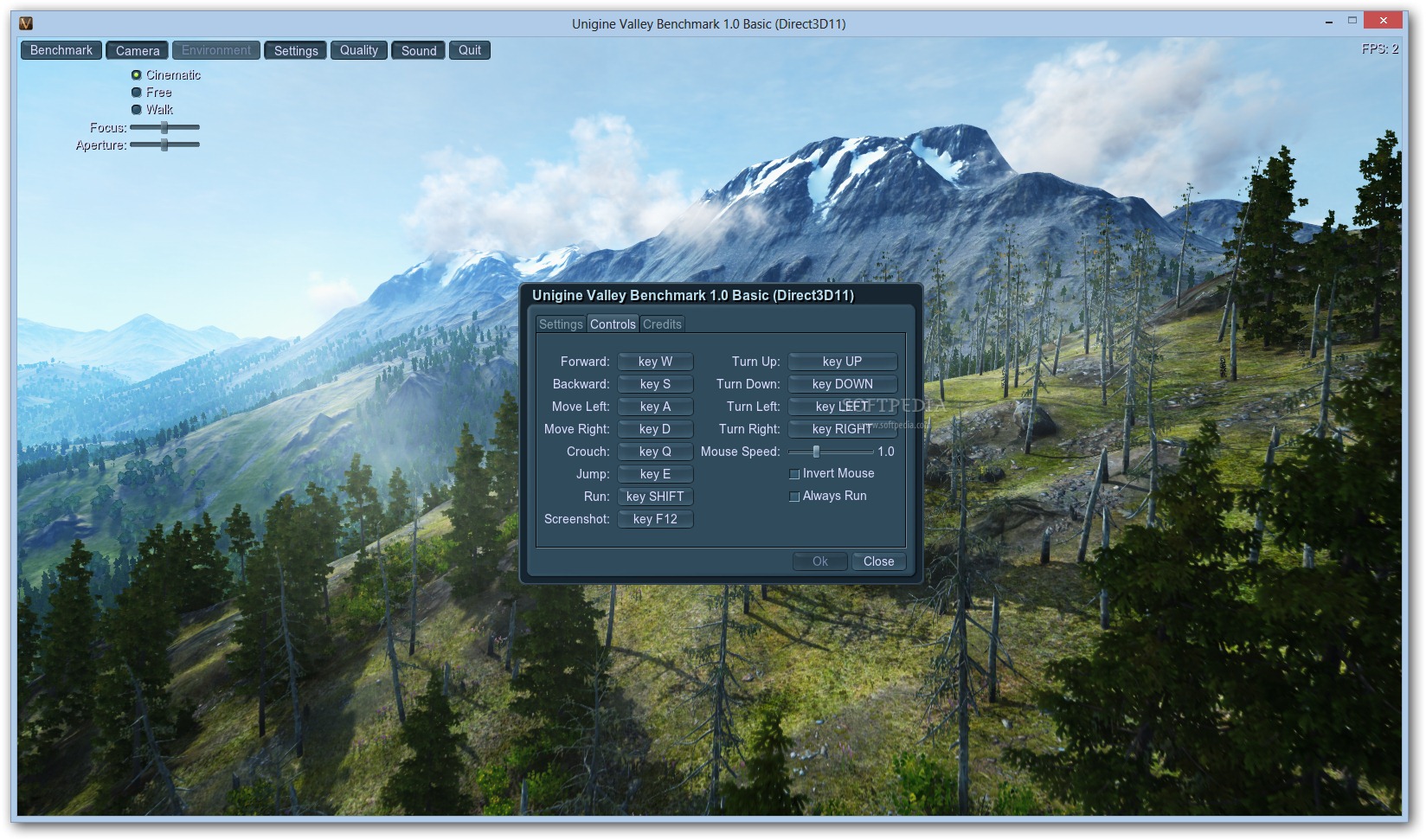
You can also toggle the V-Ray GPU CUDA results to show GPU-only scores or ones that use hybrid configurations. Advanced - New search options make it easy to filter the benchmark results by device, number of devices and SMT/Hyper-Threading settings.Simplified UI - Benchmarking your hardware is easier than ever with the redesigned user interface.Save and Share Your Results - Save scores directly in the Benchmark app, and share images of the results with the built-in screen capture tool.Hardware-Accelerated GPU Scheduling - The V-Ray GPU benchmark can now detect if hardware-accelerated GPU scheduling is enabled in Windows 10.More Detailed CPU Results - New CPU information includes physical count, SMT/Hyper-Threading, overclocking, etc.New RTX Testing Mode - Test the render performance of V-Ray GPU on NVIDIA RTX graphics cards.V-Ray 5 Performance - Benchmark rendering speeds using the latest V-Ray 5 technology.With V-Ray Next Benchmark, you can test the power and performance of your system and push components to their limits. Discover how your computer ranks alongside others and learn how different hardware can influence your rendering speed. With V-Ray Next Benchmark, you can quickly and easily evaluate your machine's performance capabilities running V-Ray Next. The benchmark includes two test scenes: one for V-Ray and another for V-Ray GPU, depending on the rendering engine you’re looking to measure. We've also updated this page to make it much easier to search and filter the results.Download V-Ray Benchmark from the Chaosgroup. V-Ray Benchmark is a free standalone application to help you test how fast your hardware renders on a processor, GPU or the combination of both.

Once you post your score, you can see where your system ranks on the benchmark results page. You can also add comments about your configuration that might have influenced your score, such as an overclocked CPU.

To save and post your scores to the results page, simply login to your Chaos Group account from the benchmark app. You could compare your own scene's rendering performance on all three render engines, but those results will depend on the specific scene you choose. That's because each of the three render engines is quite a bit different from the other, and pitting them against one another would not be an apples-to-apples comparison. The new tests use new units: vsamples, vpaths and vrays.

If you've used our previous benchmark, you'll notice that the new V-Ray 5 Benchmark scores are different from the old ones. So a result of 1000 is twice as fast as 500.


 0 kommentar(er)
0 kommentar(er)
